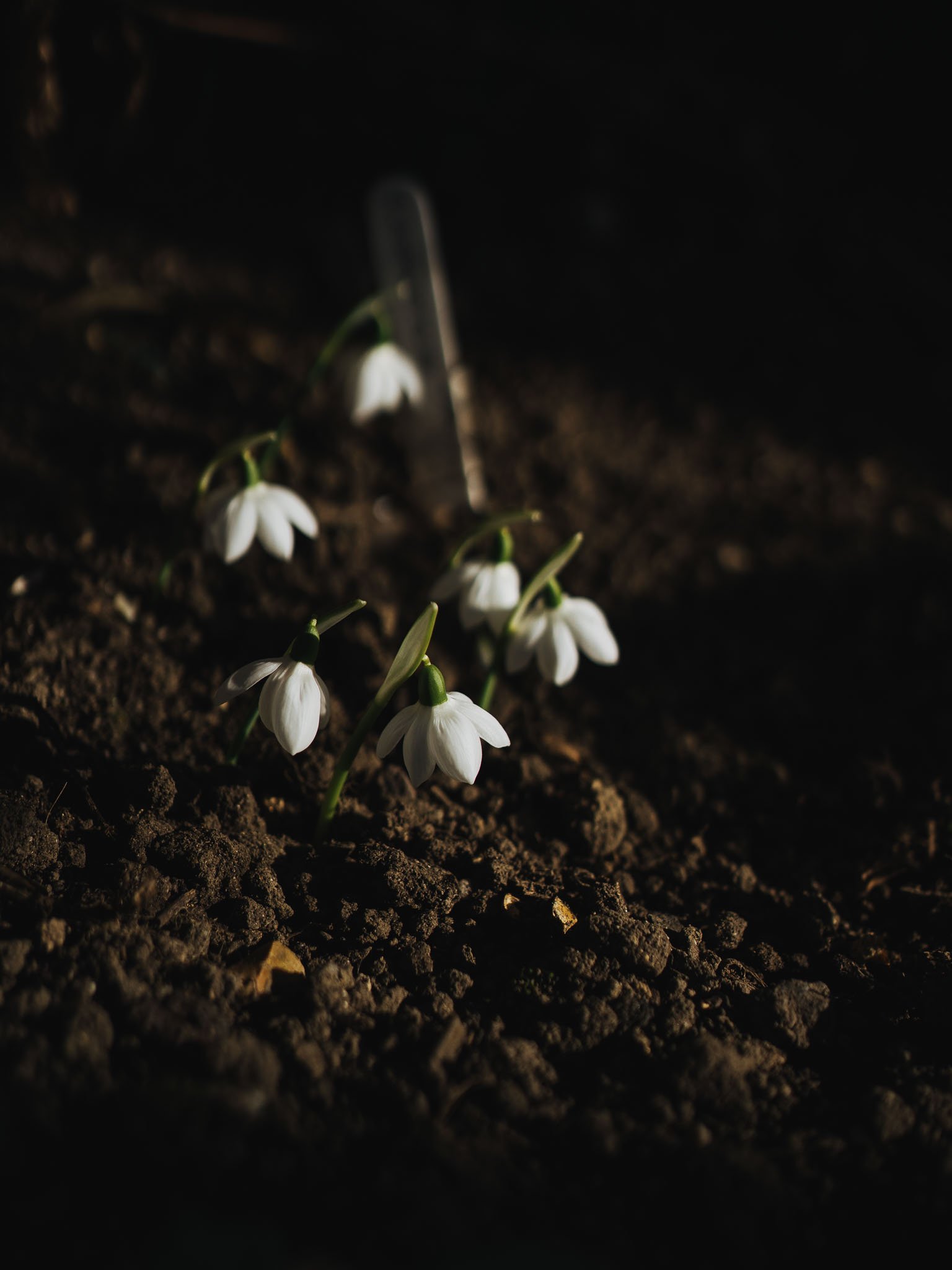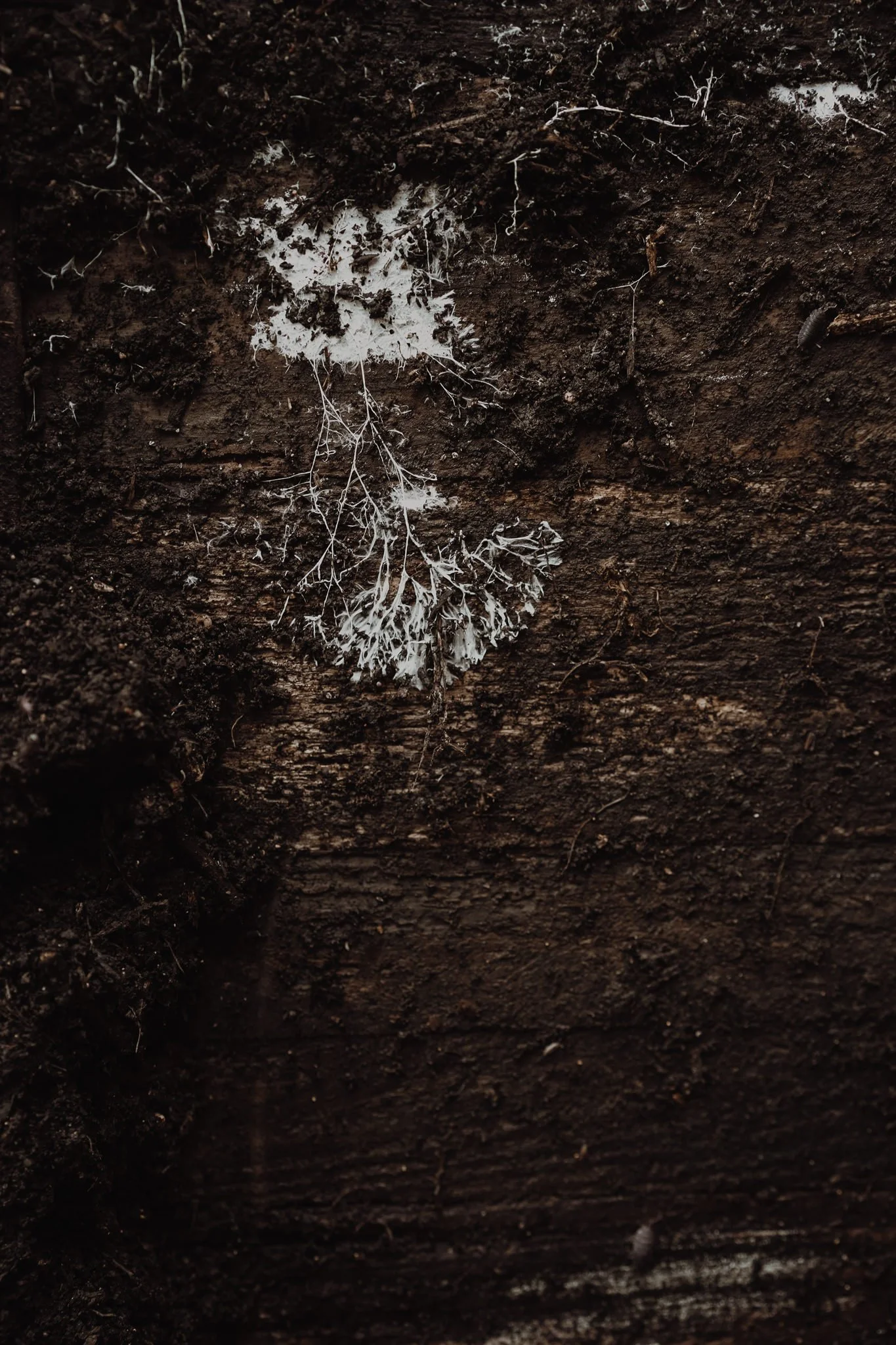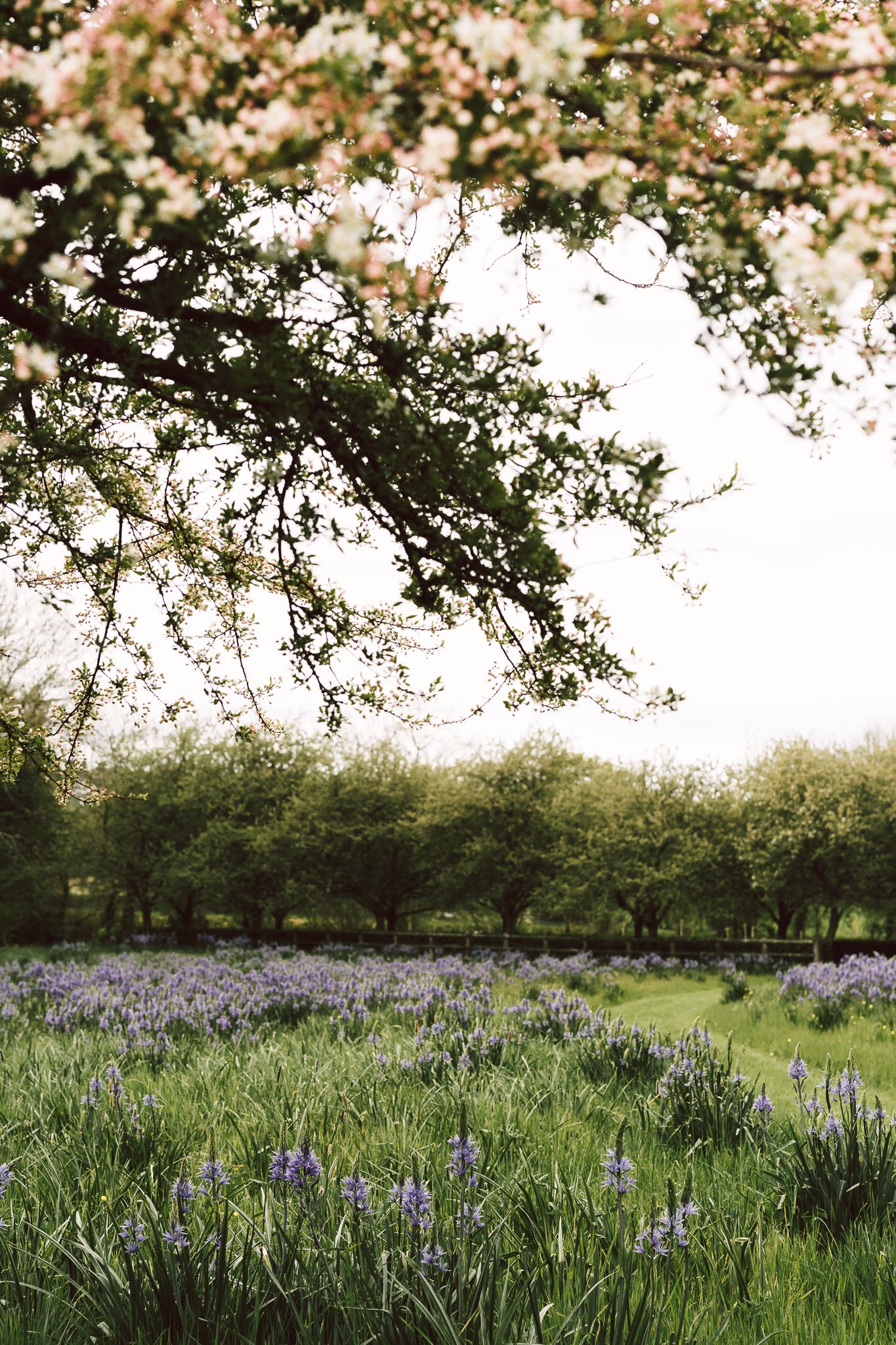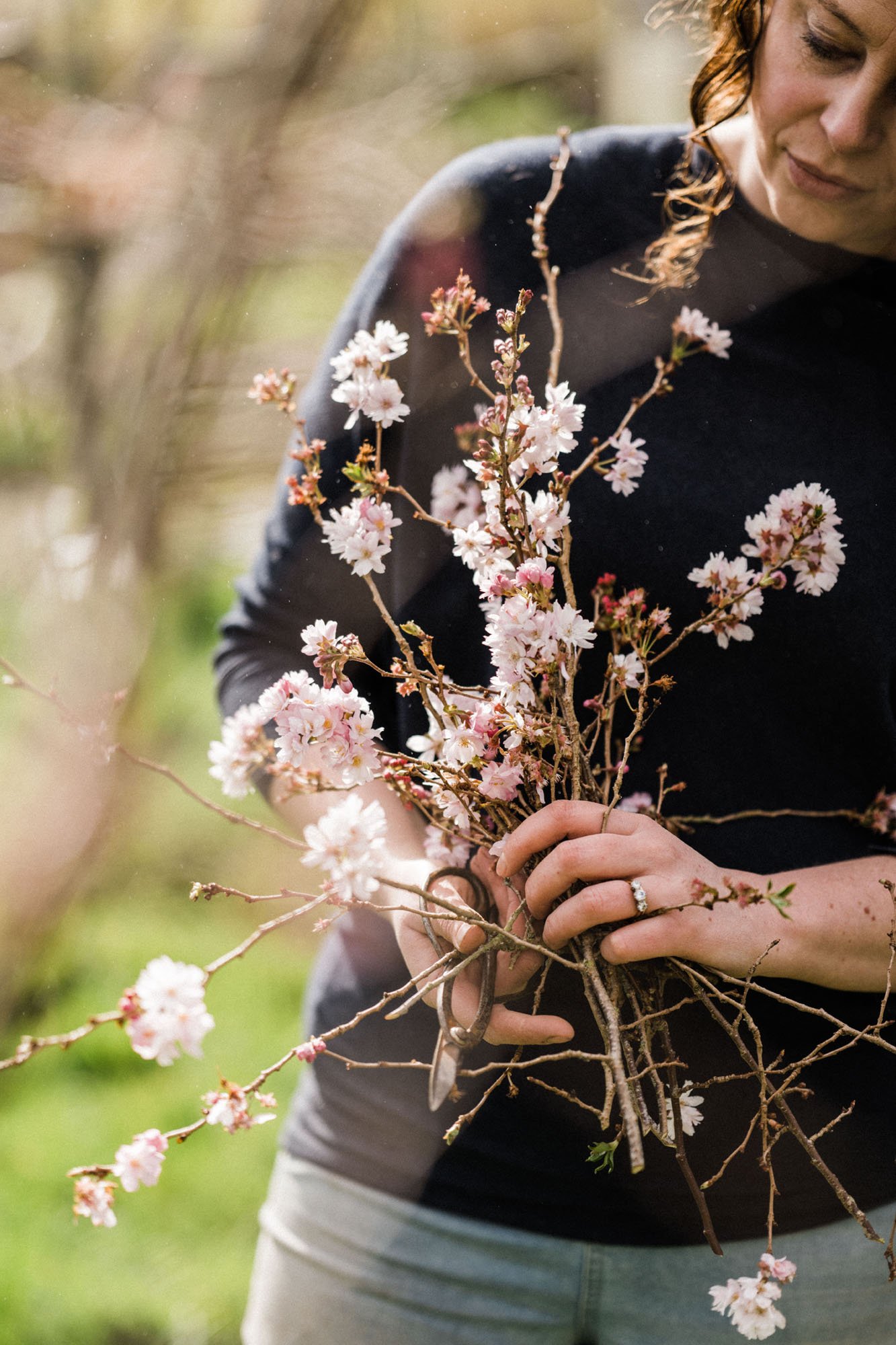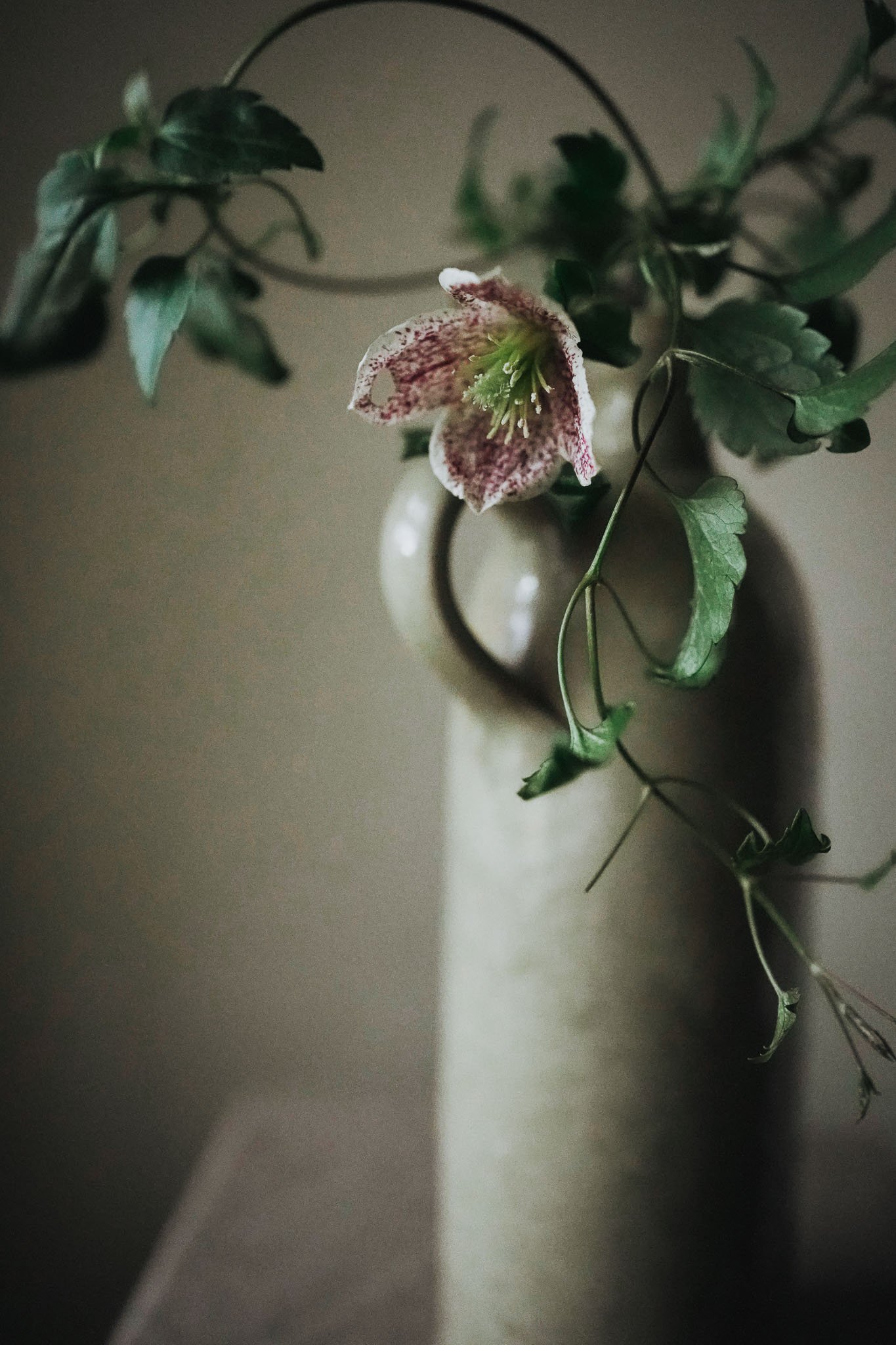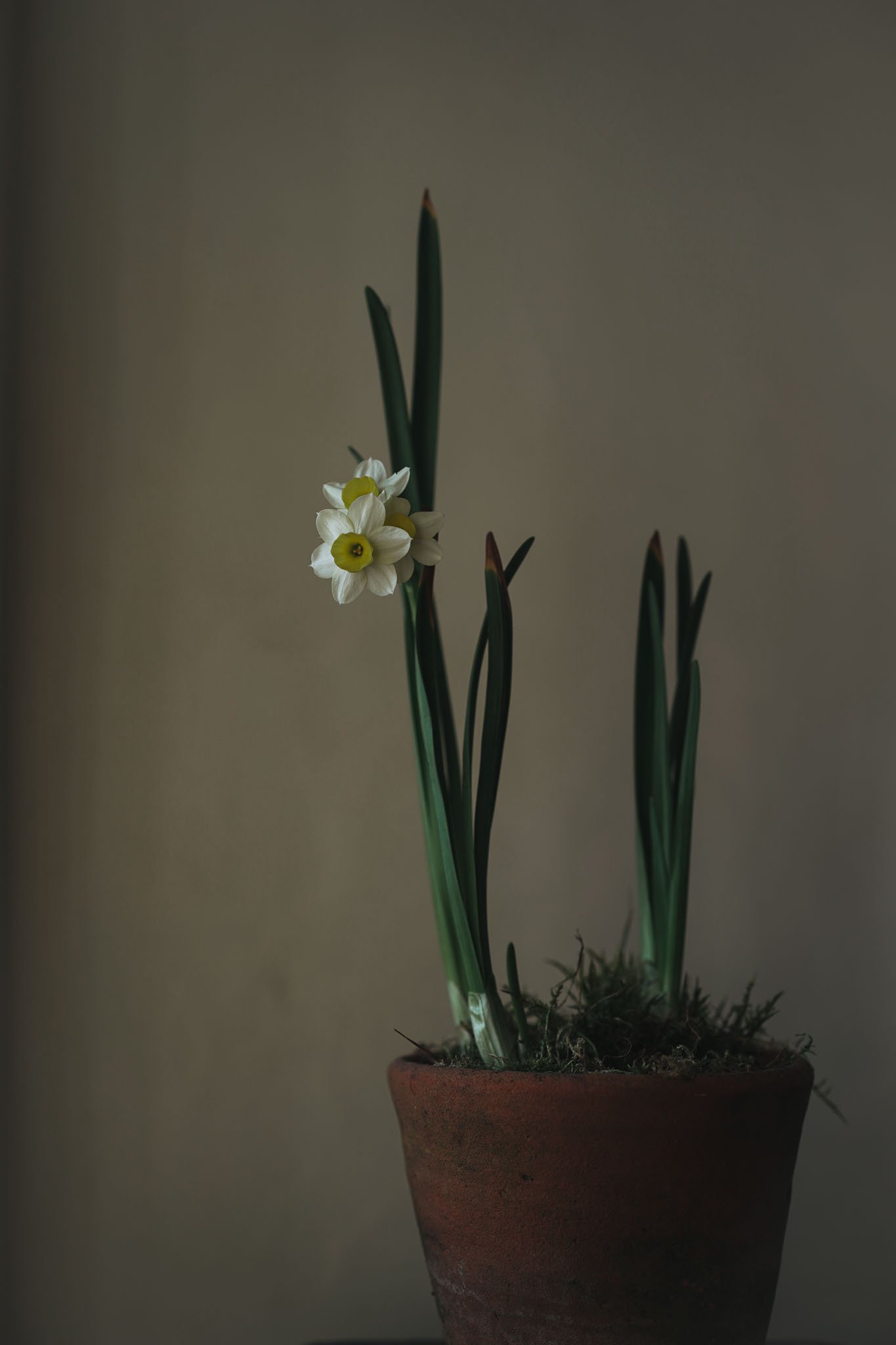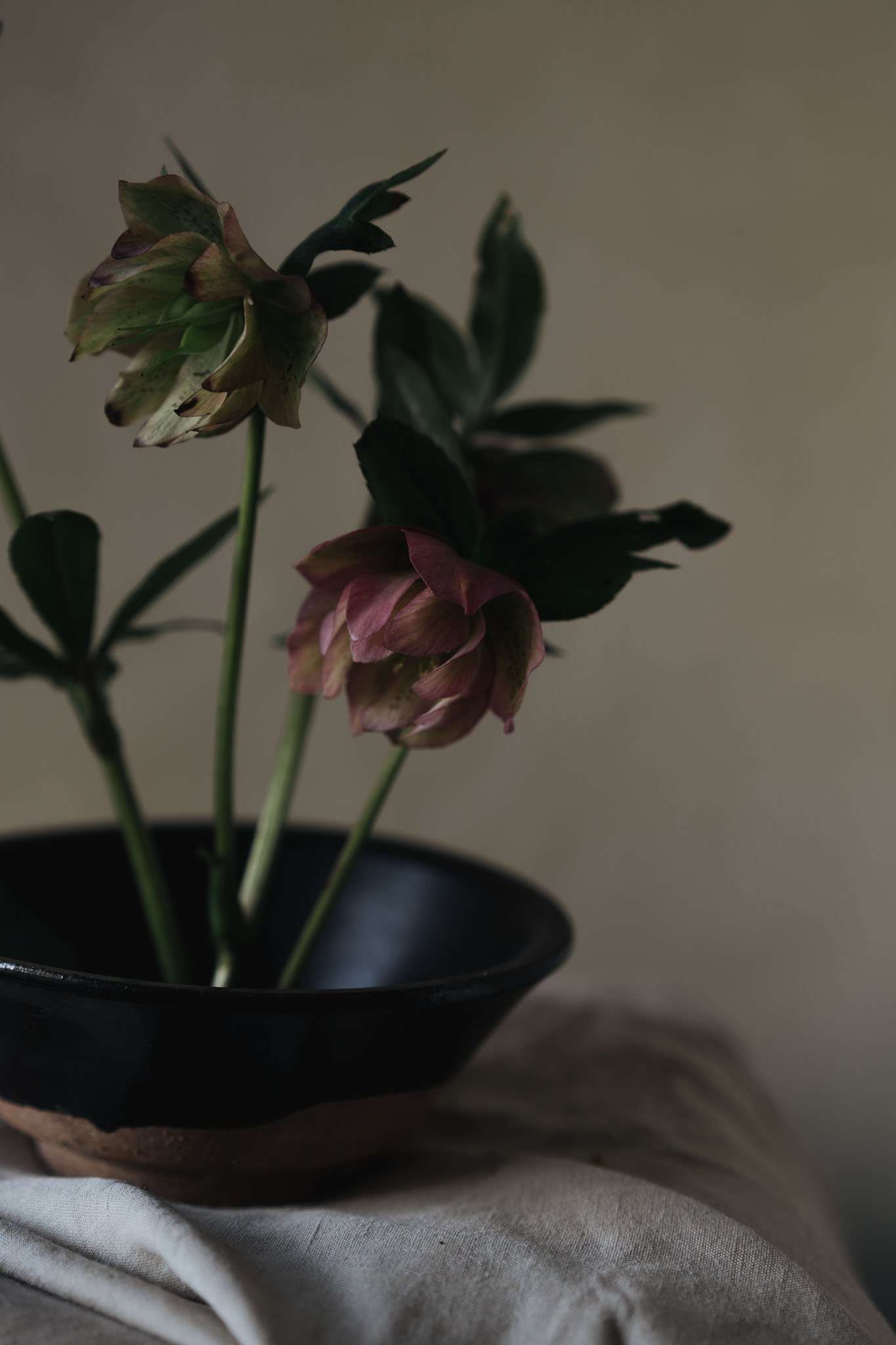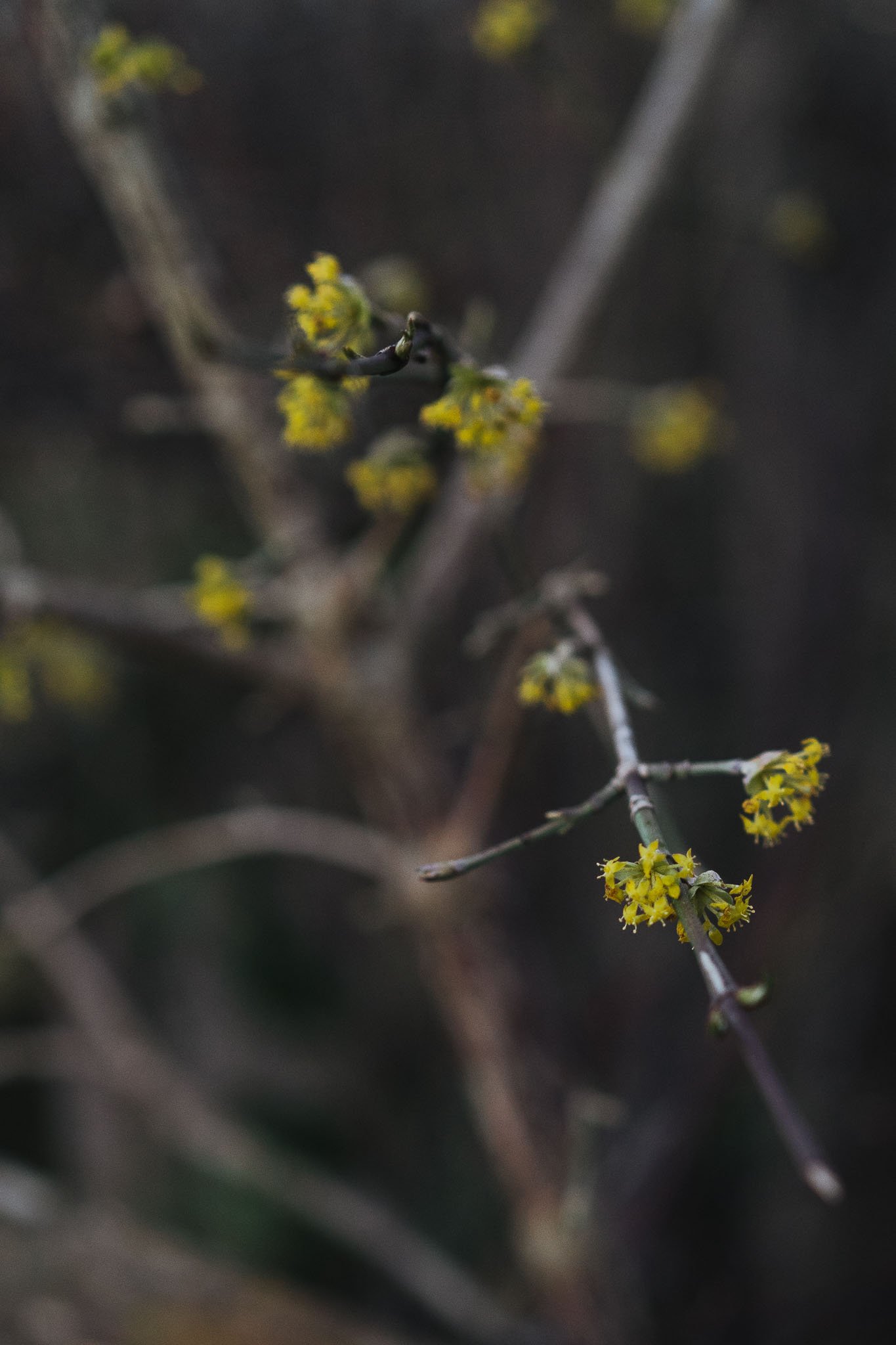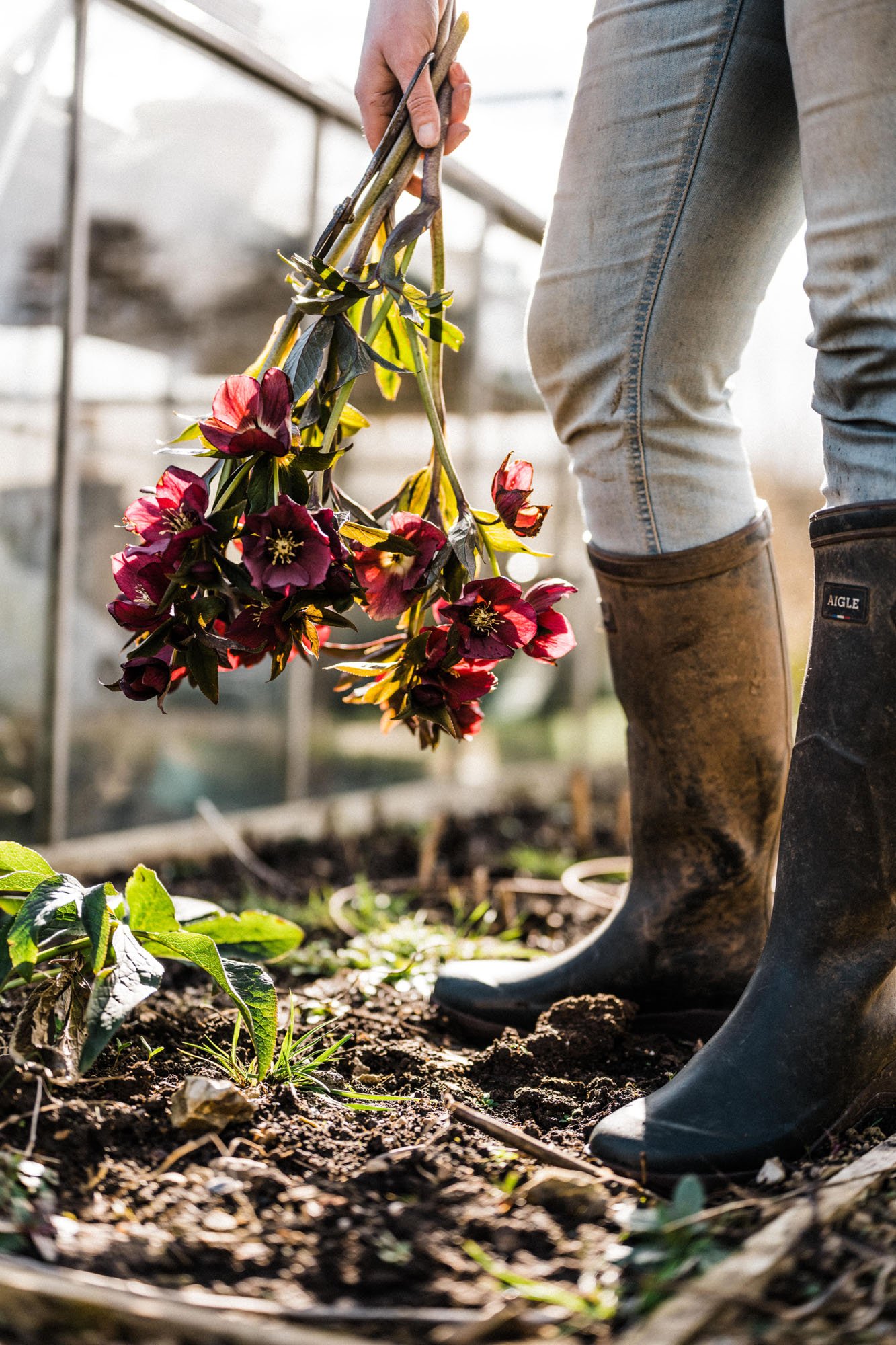Garden Jobs for February
Oh, joy of joys, some of these jobs for the garden in February do actually involve setting foot outside. Most of my January jobs involve lighting the fire, finding my thickest socks and looking at seed catalogues and being thrown into acute paroxysms of unattractive envy by Arne Maynard’s kitchen garden. But by February, the air is sharp and the sun shines and we should absolutely make the most of it.
February garden jobs for the earth
Compost
I make incredible compost in the summer months. All that green and an obsession with getting enough woodchip in means that I get great, rich, fast compost. In the winter months, with no weeds and no grass clippings, the heap is a cool one, and a slow one. This doesn’t mean you have just forget about it though; a turn about now will do it the world of good in terms of getting air in and giving you a chance to assess. Too dry, add a little water. Cold, wet, and claggy, add some scrunched up cardboard or shredded paper.
Leaf mould
If you put leaf mould into compost bags in the autumn as I did, it is worth sprinkling them with a little water just to keep the decomposition going. If you have mains tap water and no rainwater, leave it to stand for 24 hours (you don’t want to kill all your lovely microbes) and use a watering can with a fine rose. You are aiming for even dampness, not soggy patches.
The wooden walls of my compost heap
February garden jobs for the birds
February can have cold days and warm days. In that order, they are not a problem. Trouble starts when an unseasonably mild spell is followed by a cold snap. We can’t control the weather but we can try and give the right support to keep birds going. Food, obviously, but also water. Clean feathers and tip top plumage is required to fight off the cold.
New arrivals, such as winter thrushes, will thrive on windfall fruit so don’t clear up too carefully. However, make sure you sweep up spilt peanuts and seeds if they have come out of the feeders. Cleanliness is next to godliness when it comes to this.
Start to plan for the breeding season. In an ideal world, we would ensure that natural habitats would be protected and abundant. Trees, scrubby bushes and unmanicured hedges. However, this is not an ideal world and so putting up artificial (but tailored) nest boxes is the next best thing. The style of the nest boxes is determined by the habits of the individual birds. The RSPB can give you guidance but my best advice would be to avoid anything too ornamental. Oh, and out it somewhere high up out of reach of cats, and out of direct sunlight.
February garden jobs for the flowers
Check your soil
If I could give you one bit of advice about growing, it would be to learn how to identify self-sown seedlings. Nature and serendipity are infinitely better gardeners than I am. I am consistently late with my autumn sowing of hardy annuals. I always forget biennials because I’d rather be sunbathing in July. I try and bring the spring sowings on early by growing them under glass but then my watering is patchy and progress is stunted. In contrast, the patch where the honesty was last year and has now been planted with garlic is thick with the most perfect, unblemished Lunaria seedlings. The peony bed has the most perfect carpet of Phacelia green manure which I did not plan at all.
I am not recommending you start weeding now. What I mean is going and have a look at it. You may find some treasures. My old squash patch, destined for sweet peas and eating beans, does have sticky burrs in it, but it also is dappled with hairy, light green plants that I know to be poppies. Poppies are tricky to germinate from a packet, but get a few going and you’ll have them forever. Poppies hate root disturbance so I won’t be moving them anywhere but there are other seedlings that I might just slip a trowel under and move them to where I want them.
February is your last chance for moving perennials
Although there are signs of growth at the base of many of the perennials, I know that there is more cold still to come. I have started to cut back and to label which ones I want to move, or move on. I have tried with Helianthus ‘Lemon Queen’, I really have, but I just don’t like it. I do lots of just sort of standing around and being a bit overwhelmed by options and choices and wondering what on earth to do. I have been doing this long enough to know that this is just part of the process of redesigning, so I don’t panic. It is so easy to try and plan a garden from the kitchen table, but one does really have to go and stand in the middle of it for the real creative work to be done.
Find your garden’s frost pockets and cool spots
It is by no means the last frost date yet, but make the most of the ones we have. If you wake up to one of those bright, sparkly frosty mornings, put your wellies on over your pyjamas, take your phone and learn what it teaches you. The most obvious effect on melting is where the sun hits first. Take photos every ten minutes or so at the time when the sun is starting to climb in the sky and you will be able to record which get the sun first and which languish in the shade for a little longer. It isn’t just sunshine though. Frost pockets and cool spots are also about the movement of air, exposed places and dips. They aren’t always easy to predict from just looking at the landscape, but observing closely how, when and where the thaw travels across your garden will help you no end when it comes to placing plants. Oh, and where you should put your breakfast bench and your supper table. Unless you are very lucky indeed, these are unlikely to be the same place.
Remember, there are some very tender plants which are not so much damaged by frost, as by the action of a hard frost and a fast thaw. It might feel like the right thing to do to put more tender plants where they catch the first rays of the sun’s warmth, but you might need to protect frozen plants from being warmed too quickly, or place them where they can be thawed by the air warming up before the sun hits them.
Coppicing and supports
I have thought more about structures and boundaries than I ever thought possible. With dramatic decisiveness, the whole hazel hedge along the south side of the field was coppiced to the ground. It involved a chainsaw and a lot of noise but it was disproportionately satisfying. The light flooded in and I was left with a range of shapes and sizes for tunnels, domes, teepees and pea sticks. You don’t have to go to this extreme but I would suggest thinking about it soon.
Firstly because the plants that make the best plant supports (willow, hazel, cornus) are at the perfect time for coppicing or pollarding and they aren’t covered in leaves, which also helps.
Secondly, if you wait until the summer when your plants are flopping all over the place and you are reactive rather than proactive, you will have a nightmare of a time trying to wrestle the plants into the supports, or by tying in already flopping plants, you break them at the base.
Thirdly, the softness of the soil. I am a lazy gardener and I find persistence tricky. All of my arches and tunnels have fallen over because I do not give them enough of a foundation. The taller the structure, the more of the stick has to be below the ground. It is not an easy job to push a thick stick into clay soil, even if you have made a bit of a hole already. But you know what is even harder? Pushing a stick into baked, hard, dry soil after a hot spell at the end of May. Yes, that is the voice of experience talking.
I have left my hazel a year longer than I should have done and many of the stems resemble trunks, rather than the whippy, bendable material that one needs for true hazel domes. One of my guiding life principles is to make a feature out of my failures and so I will be building some rather robust looking structures this year.
Coppicing
Start preparing the greenhouse
My greenhouse leaks. Only on one side and only over a particular area but nevertheless, it means that my greenhouse is a little more damp and green than I would like. As I was rummaging around trying to find some loppers yesterday, I found a soggy bag of muscari that somehow got missed in the big bulb plant. There are pots with very dead tomato vines and a stubbornly living fig tree which my mother gave me because it has frustratingly been on the point of expiring for about five years now. There is some Ikea glassware that I know I don’t want but my sustainability conscience won’t allow me to just discard. There are old cracked labels and more pots than you can comfortably imagine. It needs a sweep out, an old compost bag filled with rubbish and a bucket put under the leak and I will feel ready for anything.
The planting around the greenhouse was quite tall last year and I think this contributed to the damp inside it. Some of the panes have turned slightly green and will need a clean before the seedlings go in. Good light in the early stages of the season is one of the big reasons why a greenhouse trumps a windowsill every time (light coming from above, rather than the side, helps with the growth). I am going to have to get a bucket of hot water and give the whole thing a swab down.
Plan your flower beds
If you are anything like me, you will have been dreaming about summer since last September. Now is the time to start moving from such fantasies and start making it happen. Having a look in your seed tin. What have you got and what do you need? Not just varieties, but have a look at the season. Is everything you have an early bloomer and you have nothing in September? Is it all flowers and no foliage? Where are the gaps in the borders that irritated you last year that you might need to get ahead of this year? Top marks if you kept photographic records throughout the season. My planning efforts are greatly enhanced by looking at people’s gardens from above. The actual layout and geography of a garden is rarely visible from the ground, even if you can feel it in your bones if it is a bit off.
Flowers in February
Snowdrops start to make their appearance in drifts of white in late January-early February, and my Japanese Quince is still going strong.
Some other flowers you can enjoy in February:
Autumn-flowering cherry blossom
Cornus mas, the Cornelian Cherry blossom
Hellebores
Winter clematis
Narcissi
Grape hyacinths: Muscari neglectum (the darker variety) and Muscari armenaicum (the paler blue variety)
